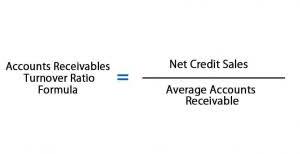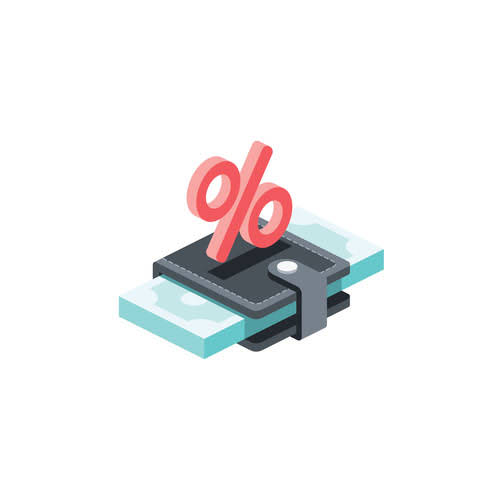Gross Profit Margin Formula, Example, and Interpretation
October 11, 2023 5:12 pm Leave your thoughts
Companies strive for high gross profit margins, as they indicate greater degrees of profitability. When a company has a higher profit margin, it means that it operates efficiently. It can keep itself at this level as long as its operating expenses remain in check.
How Can You Increase Your Gross Profit Margin?

We may earn a commission when you click on a link or make a purchase through the links on our site. All of our content is based on objective analysis, and the opinions are our own. A ratio in itself is not particularly useful unless it is compared with similar ratios obtained from a related source. Get instant access to video lessons taught by experienced investment bankers. Learn financial statement modeling, DCF, M&A, LBO, Comps and Excel shortcuts.
- Returning to the example of the shoe company with a 32.9% profit margin, imagine that it spends $4.3 million on non-operating expenses.
- If retailers can get a big purchase discount when they buy their inventory from the manufacturer or wholesaler, their gross margin will be higher because their costs are down.
- A higher gross margin indicates a firm’s capability to cover operating expenses and turn a profit for each unit of product or service sold.
- Gross profit is the total profit a company makes after deducting its costs, calculated as total sales or revenue minus the cost of goods sold (COGS), and expressed as a dollar value.
- Good gross profits vary by industry, and new businesses typically have a smaller gross profit ratio.
Which of these is most important for your financial advisor to have?

For example, a legal service company reports a high gross margin ratio because it operates in a service industry with low production costs. In contrast, the ratio will be lower for a car manufacturing company because of high production costs. Profit margins are used to determine how well a company’s management is generating profits.
Gross Profit for New Companies
- For example, a retailer may increase the price of an item during peak shopping periods but lower it during off-seasons when demand is low.
- Assess which products deliver the best profit and consider whether you could cut poorly performing products and focus on more profitable ones.
- Profit margin is the percentage of profit that a company retains after deducting costs from sales revenue.
- You can also use websites like Stock Analysis to calculate this metric for you.
- Having said that, you can use a scale of how a business is doing based on its profit margin.
- Upon dividing the $2 million in gross profit by the $10 million in revenue, and then multiplying by 100, we arrive at 20% as our gross profit margin for the retail business.
- Businesses subtract their COGS as well as ancillary expenses when calculating net margin and related margins.
Gross profit can be calculated by subtracting the cost of goods sold from a company’s revenue. It sheds light on how much money a company earns gross margin accounting after factoring in production and sales costs. A company’s gross margin is 35% if it retains $0.35 from each dollar of revenue generated.

Gross Margin: Definition, Example, Formula, and How to Calculate
For instance, they could measure the profits if 100,000 units were sold or 500,000 units were sold by multiplying the potential number of units sold by the sales price and the GP margin. While calculating gross margin can be helpful for evaluating a company’s reporting periods or similar companies, the metric has more limited value when comparing companies in different industries. Capital-intensive industries, like manufacturing and mining, often have high costs of goods sold, which translates to relatively low gross margins. Others, like the tech industry, that have minimal costs of goods typically produce high gross margins.
- It defines the firm’s efficiency, which is why managers should keep a careful eye on the gross margin ratio since even a slight decrease might imply a dip in the company’s overall profitability.
- Occasionally, COGS is broken down into smaller categories of costs like materials and labor.
- Based on this information, it’s safe to say PG’s gross margin is relatively solid.
- Since they likely have a similar cost of goods sold, you can use this metric to compare your total sales revenue.
- Does your business regularly buy and use the same supplies over and over?
- Suppose we’re tasked with calculating the gross margin of three companies operating in the same industry.
Volatile commodity prices

New York University analyzed a variety of industries with net profit margins ranging anywhere from about -29% to as high as 33%. For instance, the study showed that the hotel/gaming sector had an average net profit margin of -28.56%, while banks in the money sector had an average net profit margin of 32.61%. Improving gross profit is critical for businesses that want to enhance profitability and operational efficiency. The first step is determining your total revenue or net sales, which entails adding up all the income generated from selling goods or services during a specific period. In highly competitive markets, companies might be compelled to reduce prices, which can erode the gross margin.

By Industry
How to calculate gross margin ratio
Categorised in: Bookkeeping
This post was written by sa-admin
